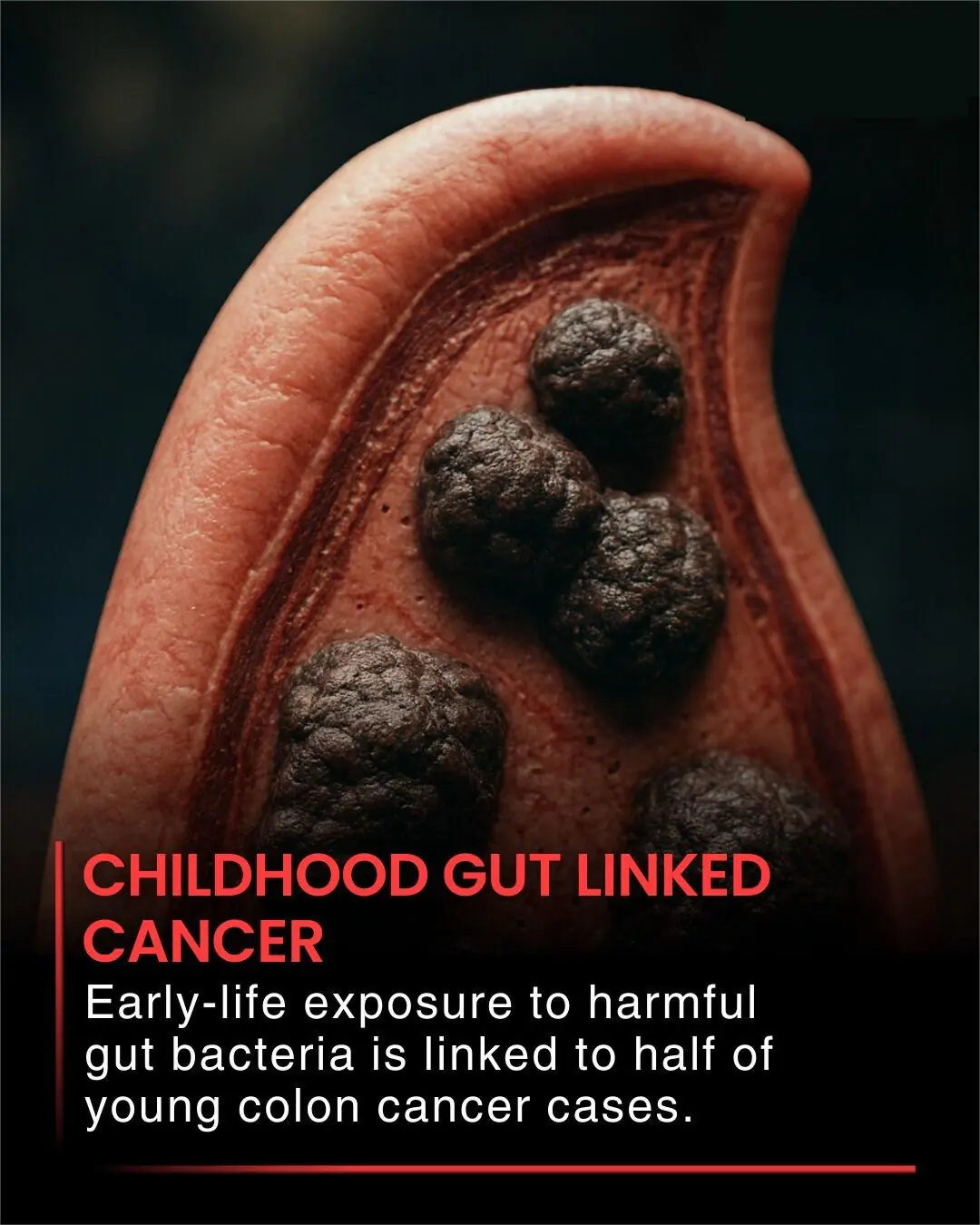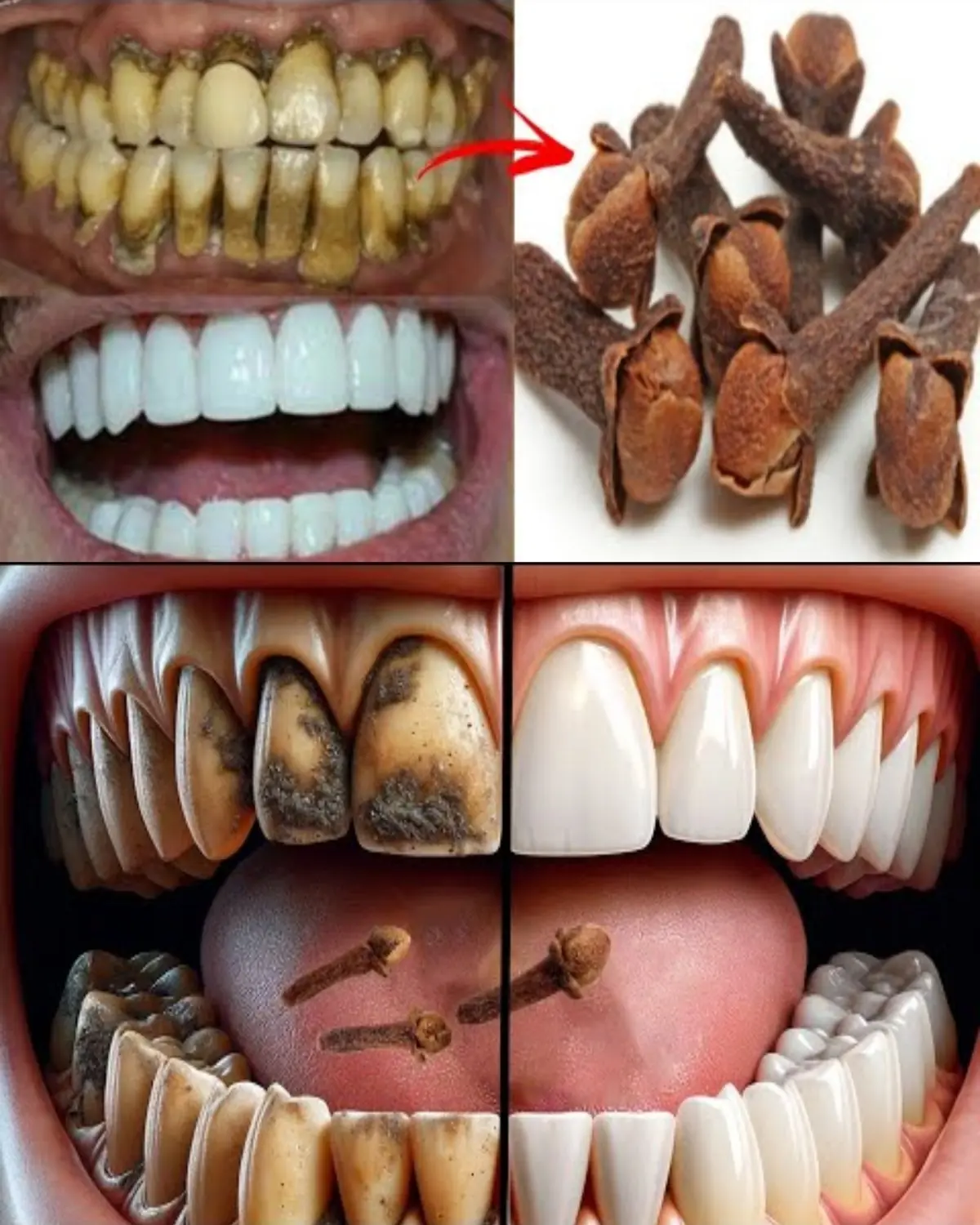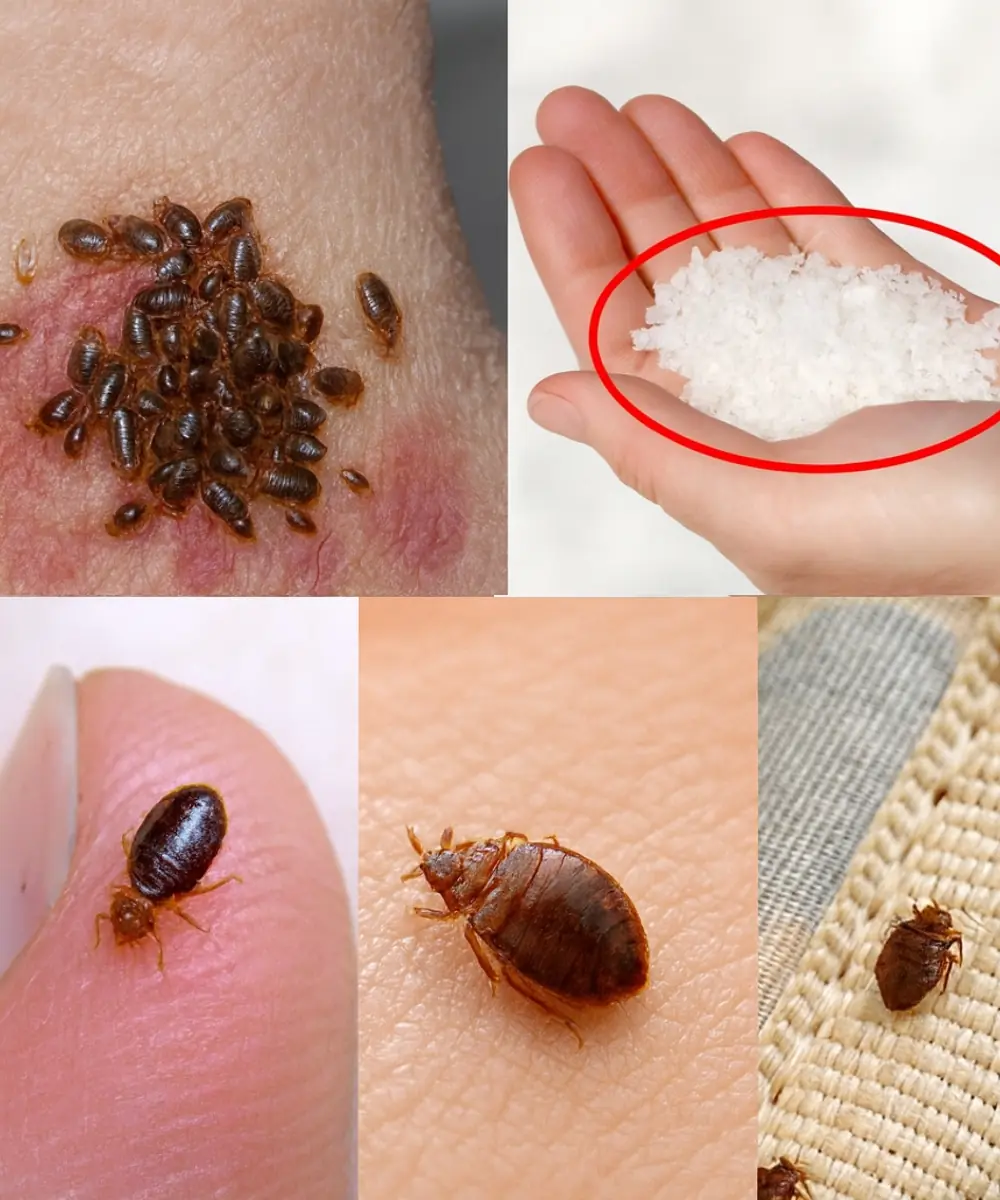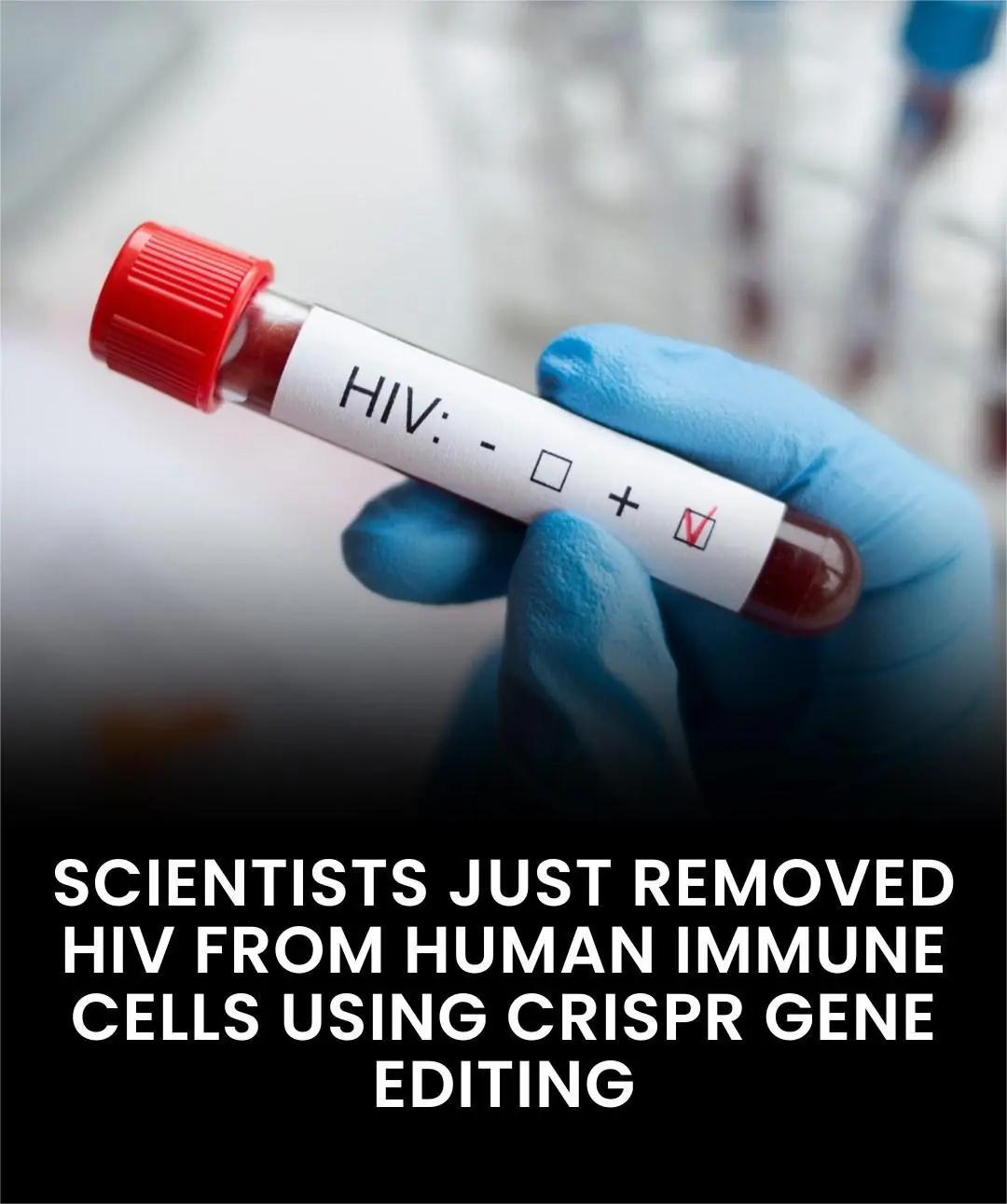
CRISPR Gene Editing Moves a Step Closer to an HIV Cure — But Scientists Urge Patience
In a series of landmark studies, scientists have demonstrated that CRISPR gene editing can successfully remove HIV’s genetic material from infected human cells in the laboratory and even from animal models. The progress offers fresh hope in the decades-long search for a true cure — but researchers caution that the breakthrough, while historic, is still far from a clinical cure for people living with HIV.
Cutting HIV Out at Its Source
HIV has long been one of medicine’s most elusive foes. The virus embeds itself into the DNA of immune cells, creating hidden “reservoirs” that current treatments can’t reach. Antiretroviral therapy (ART) keeps the virus suppressed but does not eradicate it; once treatment stops, HIV usually rebounds.
Now, CRISPR — the gene editing technology likened to molecular scissors — is giving scientists a way to attack those viral reservoirs directly. In laboratory experiments, researchers have been able to excise HIV DNA from infected human T cells, effectively cleansing the cells of the virus. In parallel, animal studies have shown similar success, with gene editing removing simian immunodeficiency virus (SIV, closely related to HIV) from tissue reservoirs in nonhuman primates.
First Steps in Human Testing
Early-phase human trials have begun exploring the safety of CRISPR-based therapies. One such approach, known as EBT-101, was able to target and cut segments of HIV DNA inside patient cells without serious side effects. However, when participants paused their regular antiretroviral therapy, the virus returned — underscoring how far the field must go before achieving a complete cure.
Researchers emphasize that these first studies were designed to test safety and feasibility, not deliver a definitive cure. Still, proving that CRISPR can operate in human cells and be tolerated safely is a crucial step forward.
Challenges Before a Cure
While the concept is powerful, translating it into a treatment that clears HIV throughout the body faces big hurdles:
-
Delivery: Ensuring gene editors reach every infected cell, including those deep in tissues.
-
Precision: Avoiding unintended genetic changes that could harm healthy DNA.
-
Immune reaction: Preventing the body from attacking the CRISPR delivery system.
-
Viral diversity: Coping with the many ways HIV can mutate and hide.
Scientists believe solving these issues will require combining CRISPR with other advanced therapies and years of further study.
A Turning Point With Cautious Optimism
Experts see these findings as a turning point in HIV research — proof that it’s possible to go beyond controlling the virus and actually attempt to remove it. But they stress this is not yet a cure and patients should continue proven treatments such as ART.
For now, the work fuels hope: the idea that a future HIV cure is not science fiction but a measurable, if still distant, goal. As gene editing advances and delivery methods improve, the dream of erasing HIV from the human body may one day move from the lab into real-world medicine.
News in the same category


Six Years of Patience Rewarded: Photographer Captures Rare Moon, Mountain, and Basilica Alignment Over Turin

Bear Caesar freed after years in cruel torture vest

Gym Bros, Monks, Retirees: Thousands Rush to Taiwan’s Guangfu to Clean Up After Devastating Flood

A critique of pure stupidity: understanding Trump 2.0

China’s Remarkable Railway Feat: 1,500 Workers Complete Complex Track Project in Just Nine Hours

The Platypus: One of Nature’s Strangest and Most Fascinating Mammals

Saudi Arabia Announces Major Gold Discovery Near Mecca, Boosting Mining Ambitions

Nurturing Hearts Before Grades: Japan’s Unique Approach to Early Schooling

Rare Wondiwoi Tree Kangaroo Seen Again After Nearly a Century

3 types of shirts you should never wear to a funeral

31-Year-Old Man Invited 89-Year-Old Neighbor To Live With Him To Spend Her Last Days In Company

Saudi Arabia Announces Major Gold Discovery in Makkah Region — A Potential New Mining Belt

After 32 Years, Chinese Mother Reunites With Son Kidnapped and Sold as a Toddler

Taylor Swift’s Quiet Act of Kindness: Helping a Pregnant, Homeless Fan Find Stability

Raging anti-ICE protester forgets to put car in park, watches it sink into lake while yelling at agent arresting illegal alien

Babies Who Wake Up Often at Night Might Be Smarter, Expert Suggests

Flight Attendant Reveals the Real Reason Cabin Crew Greet You When You Board — and It’s Not Just Politeness

Mike the Headless Chicken: The Incredible Survival Story That Defied Biology
News Post

Scientists Trace Rising Early-Onset Colon Cancer to DNA-Damaging Bacterial Toxin

Cinnamon and Honey: Natural Benefits Backed by Science

Why One Garlic Clove a Day Could Change Your Life Forever

Could Carrots and Tomatoes Be Your Secret to Looking 10 Years Younger After 70? Unveil the Glow!

Unlock the Secret to Luscious, Thick Hair with Magical Onion Shampoo!

Carrot Milk: The Simple Homemade Drink for Health and Flavor

Clove Trick: From Stained Teeth to Sparkling White

Bedbugs Will Disappear from Your Garden in Minutes by Doing This (Natural & Safe Tip!) 🌱✨

How to Increase Testosterone Naturally | 11 Testosterone-Boosting Foods Men NEED to Know About!

Unlock the Power of Rosa Canina: 10 Reasons to Embrace Wild Rosehips

Fennel Tea – A Complete Wellness Elixir for Women & Vision

Six Years of Patience Rewarded: Photographer Captures Rare Moon, Mountain, and Basilica Alignment Over Turin

Bear Caesar freed after years in cruel torture vest

Gym Bros, Monks, Retirees: Thousands Rush to Taiwan’s Guangfu to Clean Up After Devastating Flood

A critique of pure stupidity: understanding Trump 2.0

SENIORS: This Sleeping Position Raises Your Stroke Risk

Today is National Tapioca Pudding Day (of course 😉)

Garlic Butter Lettuce, Tomato & Grilled Chicken Sandwich

